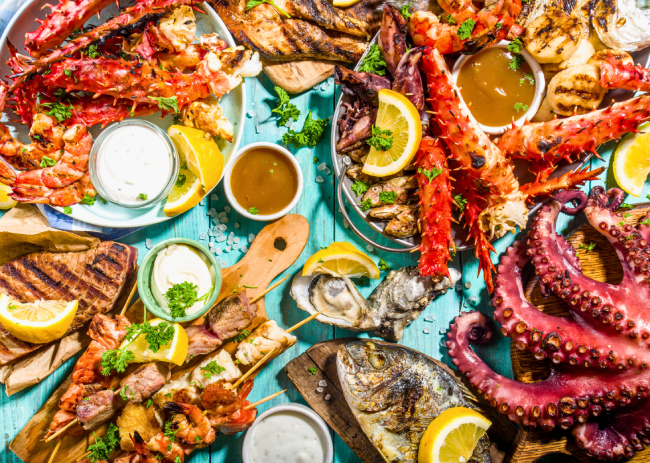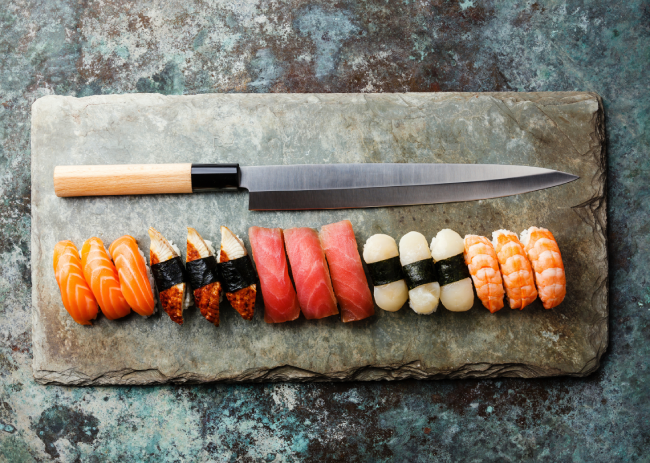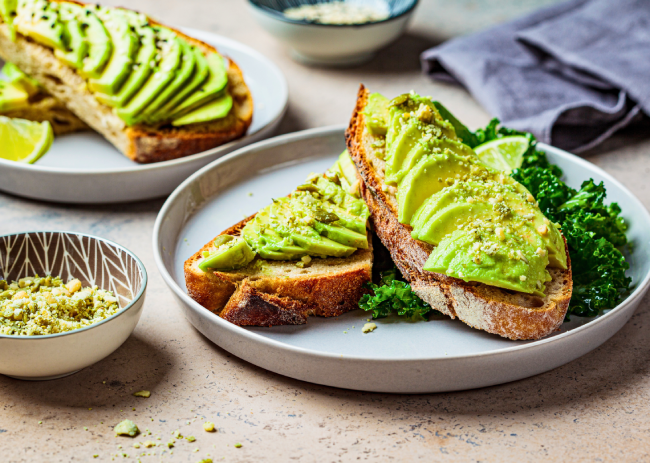The Beginner’s Guide to Selecting and Preparing Fresh Seafood
Have you ever stood at a seafood market, gazing at the glistening array of options, and felt utterly lost? You’re not alone! Learning to select and prepare seafood is an invaluable skill that can transform your culinary experiences. This guide will walk you through the essentials of choosing the best seafood, storing it correctly at home, and mastering basic preparation techniques to maximize flavour and freshness. Ready to dive in?
Selecting the Best Seafood
Choosing the right seafood is crucial for ensuring quality and taste. Learn how to identify freshness and peak seasons to get the most flavorful and nutritious options available.
1. What to Look For
When you’re at the market, choosing the right fresh seafood is critical for both flavour and health. Freshness is paramount; fish should have bright, clear eyes and shiny, firm flesh, indicating it was recently caught. The smell is also a telltale sign: fresh fish should have a clean scent reminiscent of the ocean, not an overpowering fishy smell, which suggests it’s past its prime. Shellfish like clams, oysters, and mussels should have tightly closed shells, or they should close when tapped, confirming they’re alive and fresh. Additionally, the gills of fresh fish should be a vibrant red or pink, and the skin should spring back when pressed.
2. Seasonal Selections
Choosing seafood by season can greatly enhance your culinary experience. Different species are best at various times of the year due to their breeding or migratory patterns. For instance, wild salmon is optimal during summer and fall, while halibut shines in the spring. Purchasing seafood during its peak season ensures not only the best flavour and texture but also supports sustainable fishing practices as these items are more likely to be locally sourced. Understanding these cycles can aid in planning meals that are both delicious and environmentally conscious.
3. Storing Seafood Safely
Proper storage is key to maintaining the quality and safety of your seafood. Discover the best practices for refrigerating and freezing seafood to extend its freshness and prevent spoilage.
4. Immediate Care
Proper storage immediately after purchase is crucial to maintain the quality of your fresh seafood. Upon arriving home, it’s essential to refrigerate or freeze seafood promptly. Fresh fish can be refrigerated for up to two days—if not used within this timeframe, freezing is recommended to extend its freshness. For optimal results, place seafood in the coldest part of your refrigerator, usually the bottom shelf or a dedicated drawer. Avoid leaving seafood out at room temperature for more than two hours to prevent bacterial growth.
5. Freezing Tips
Effective freezing can extend the enjoyment of your seafood without sacrificing quality. To properly freeze seafood, especially varieties like shrimp and scallops, it’s advisable to first rinse them under cold water and pat them dry. For extra protection against freezer burn, consider glazing the seafood with water and freezing it briefly before wrapping it in plastic or aluminium foil. Labelling your frozen seafood with the type and date of freezing helps manage your inventory and ensures that you use the seafood within the optimal freshness period, typically three to six months for best quality.
Mastering Basic Preparation
Cooking seafood can be a delightful challenge, offering a variety of methods to best enhance the delicate flavours and textures of fresh seafood. Proper technique is key in preserving the integrity and enhancing the natural tastes of the seafood.
1. Cooking Techniques
Grilling, baking, and pan-searing are fundamental techniques that can maximize flavour without overwhelming the natural characteristics of the seafood. Grilling imparts a smoky flavour that is excellent for thicker steaks of fish like salmon or swordfish, while baking is ideal for a more gentle cooking method that works well with tender fillets. Pan-searing provides a crisp exterior while keeping the interior moist and tender. It’s critical to monitor the seafood closely while cooking to avoid overcooking, which can lead to dry and tough textures.
2. Flavour Pairings
Understanding which herbs and spices complement different types of seafood can elevate your dishes significantly. While dill, parsley, and tarragon offer a fresh, herby brightness ideal for lighter fish like tilapia or cod, robust flavours like garlic, lemon, and even smoky paprika are perfect for enhancing shellfish like shrimp or mussels. Incorporating these flavours through marinades, rubs, or sauces can add depth and complexity to the natural flavors of the seafood.
3. Enhancing Your Seafood Dishes
Exploring the diverse world of seafood opens up a myriad of culinary possibilities. From the robust flavours of deep-sea fish to the subtle tastes of river-dwelling species, each type offers unique flavour profiles and benefits.
4. Understanding Seafood Varieties
Beyond fish, the seafood category includes a wide variety of shellfish, each offering unique flavours and textures. Oysters, for instance, can range from deeply briny to sweet, depending on their environment, while crabs offer a sweetness that’s enhanced by simple steaming or boiling. Lobsters, known for their firm, sweet meat, are a decadent option that pairs well with buttery sauces. Familiarizing yourself with these varieties not only broadens your culinary palette but also allows for more tailored dish creation.
5. Creative Seafood Recipes
Armed with knowledge of different seafood types and preparation techniques, you can start experimenting with creative recipes that showcase the versatility of seafood. Seafood paella blends the flavours of various seafood with aromatic spices and rice, capturing the essence of Spanish cuisine. Sushi rolls, on the other hand, highlight the fresh, clean flavours of raw fish, paired with vinegared rice and seaweed. These dishes not only cater to the taste preferences of various diners but also present seafood in a vibrant, appealing manner. Incorporating seafood into pasta dishes or stews can transform simple ingredients into rich, flavorful meals that highlight the freshness of the seafood.
In Conclusion
Selecting and preparing fresh seafood doesn’t have to be intimidating. With these tips and a bit of practice, you’ll be able to bring the best of the sea to your dining table. Whether it’s a simple pan-seared salmon or a festive seafood boil, the right techniques and a little knowledge go a long way. Dive into the deep, delicious world of seafood with confidence and excitement! Happy cooking!




